Single Mode vs Multimode Fiber Cable
Although single mode fiber (SMF) and multimode fiber (MMF) optic cable types are widely used in diverse applications, the differences between single mode fiber and multimode fiber optic cables are still confusing. This article will focus on the basic construction, fiber distance, cost, fiber color, etc., to make an in-depth comparison between single mode and multimode fiber types.
Single Mode vs Multimode Fiber Cable
Single mode means the fiber enables one type of light mode to be propagated at a time. While multimode means the fiber can propagate multiple modes. The differences between single mode and multimode fiber optic cable mainly lie in fiber core diameter, wavelength & light source, bandwidth, color sheath, distance and cost.
Core Diameter
Single mode fiber core diameter is much smaller than multimode fiber. Its typical core diameter is 9 µm even if there are others available. And multimode fiber core diameter is 50 µm and 62.5 µm typically, which enables it to have higher “light gathering” ability and simplify connections. The cladding diameter of single mode and multimode fiber is 125 µm.
The attenuation of multimode fiber is higher than SM fiber because of its larger core diameter. The fiber core of single mode cable is very narrow, so the light that passes through these fiber optical cables is not reflected too many times, which keeps the attenuation to a minimum.
Wavelength & Light Source
Due to the large core size of multimode fiber, some low-cost light sources like LEDs (light-emitting diodes) and VCSELs (vertical cavity surface-emitting lasers) that works at the 850nm and 1300nm wavelength are used in multimode fiber cables. While the single mode fiber often uses a laser or laser diodes to produce light injected into the cable. And the commonly used single mode fiber wavelength is 1310 nm and 1550 nm.
Bandwidth
Multimode fiber bandwidth is limited by its light mode and the maximum bandwidth at present is 28000MHz*km of OM5 fiber. While single mode fiber bandwidth is unlimited theoretically because it allows only one light mode to pass through at a time.
Color Sheath
According to the TIA-598C standard definition, for non-military applications, single mode cable is coated with yellow outer sheath, and multimode fiber is coated with orange or aqua jacket.
Single Mode vs Multimode Fiber Distance
It’s known that single mode fiber is suitable for long-distance applications, while multimode optical fiber is designed for short-distance runs. Then when it comes to single mode vs multimode fiber distance, what’s the quantifiable differences?
From the chart, we can see that single mode fiber distance is much longer than that of multimode fiber cables at the data rate from 1G to 10G, but OM3/OM4/OM5 multimode fiber supports a higher data rate. Because multimode optical fiber has a large core size and supports more than one light mode, its fiber distance is limited by modal dispersion which is a common phenomenon in multimode step-index fiber. While single mode fiber is not. That’s the essential difference between them. In addition, OS2 single mode fiber could support longer distances in 40G and 100G links, which is not listed in the table.
Single Mode vs Multimode Fiber Cost
“Single mode vs multimode fiber cost” is a hot topic in some forums. Numbers of people have expressed their own opinions. Their views mainly focus on the optical transceiver cost, system cost and installation cost.
Optical Transceiver Cost
Compared to single-mode transceivers, the price of multimode transceivers is nearly two or three times lower.
From the table, we can see that the price difference gains greatly with the speed increasing.
System Cost
To utilize the fundamental attributes of single mode fibers, which are generally geared towards longer distance applications, requires transceivers with lasers that operate at longer wavelengths with smaller spot-size and generally narrower spectral width. These transceiver characteristics combined with the need for higher-precision alignment and tighter connector tolerances to smaller core diameters result in significantly higher transceiver costs and overall higher interconnect costs for single mode fiber interconnects.
Fabrication methods for VCSEL based transceivers that are optimized for use with multimode fibers are more easily manufactured into array devices and are lower cost than equivalent single-mode transceivers. Despite the use of multiple fiber lanes and multi-transceivers arrays, there are significant cost savings over single-mode technology employing single or multichannel operation over simplex-duplex connectivity. Multimode fiber system offers the lowest system cost and upgrade path to 100G for standard-based premises applications using parallel-optic based interconnects.
Installation Cost
Single-mode optical fiber often costs less than multimode fiber. When building a 1G fiber optic network that you want to be able to go to 10G or faster on eventually, the savings on the cost of fiber for single-mode saves about half-price. While the multimode OM3 or OM4 fiber increases 35% in cost for SFP modules. The single-mode optics are more expensive, but the labor costs of replacing the multimode are significantly higher, especially if that followed OM1—OM2—OM3—OM4. If you are willing to look at used ex-Fibre Channel SFPs, the price of single-mode 1G drops through the floor. If you have the budget and need for 10G short connections, the economics at last check still support multimode. Keep an eye on those economics though, as history suggests that the price premium for single-mode will drop.
Frequently Asked Question about Single Mode vs Multimode Fiber Optic Cable
Q: What is better single mode or multimode fiber type?
A: As has been mentioned above, single mode fiber and multimode fiber cable have their own advantages on cost and applications. There is no such thing that single mode optical fibers are better than multimode ones. Just choosing the best-fit one for your applications is ok.
Q: Can I mix single mode and multimode fiber type?
A: This answer for this question is “no”. Multimode fiber and single mode fiber have different core sizes, and the number of light modes that they transmit is also different. If you mix the two fibers, or connect them together directly, you’ll lose a large amount of optical loss, resulting in a link flapping or being down. Keep in mind that never mix different types of cabling randomly.
Q: Can I use a multimode transceiver on single mode fiber optic cable?
A: Generally speaking, the answer is “no”. Large optical loss will occur if a multimode transceiver is connected with single mode fiber. However, the opposite will work. For example, 1000BASE-LX single mode SFP can work on multimode fiber cable by using mode conditioning fiber cable. Sometimes, fiber media converters also can be used to solve such problems between single mode transceivers and multimode transceivers.
Q: Single mode vs multimode fiber optic cable type: which should I choose?
A: When making a decision between single mode and multimode fiber cables, the first factor to consider is the fiber distance which you need actually. For example, in a data center, multimode fiber cables are enough for the distance of 300-400 meters. While in applications that require distance up to several thousands of meters, the single mode fiber is the best choice. And in applications that can use single mode and multimode fiber, other factors like cost and future upgrade requirements should be taken into consideration for your choice.
Summary
From the comparison between single mode vs multimode fiber optic cable, it can conclude that single-mode fiber cabling system is suitable for long-reach data transmission applications and widely deployed in carrier networks, MANs and PONs. Multimode fiber cabling system has a shorter reach and is widely deployed in enterprise, data centers and LANs. No matter which one you choose, on the basis of total fiber cost, choosing the one that best suits your network demands is an important task for every network designer.
Source: community.fs
Related products...
fiber-optic-cable
fiber-optic-cable
fiber-optic-cable
Optical fiber cable 144 dry core 12×12 channel OCUC brand PBN











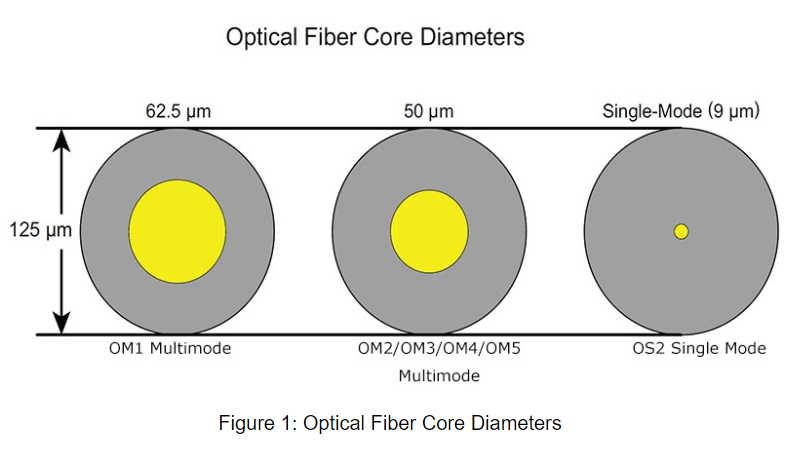
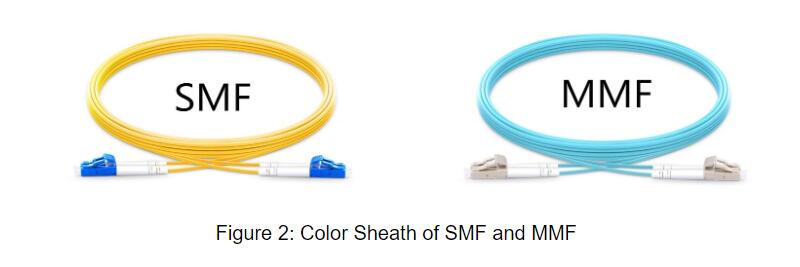
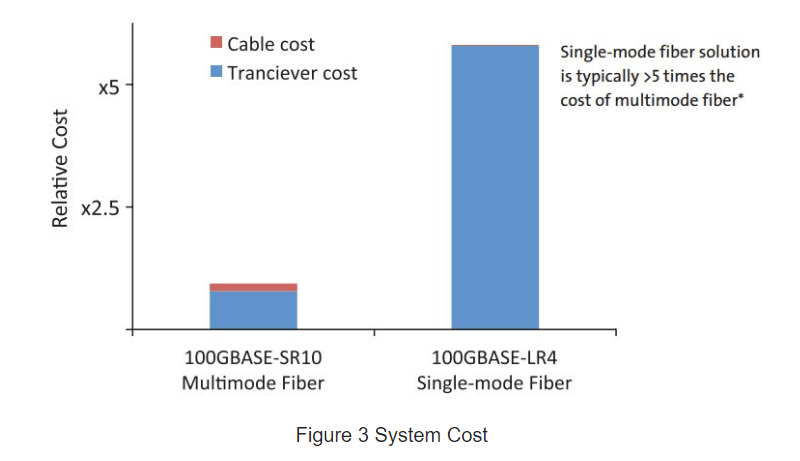
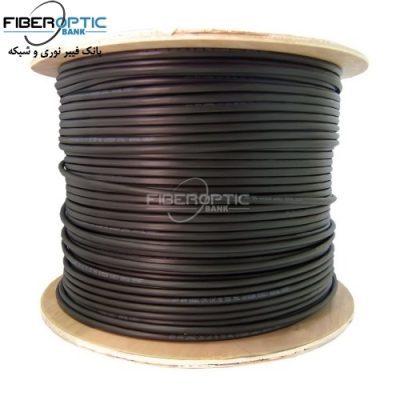

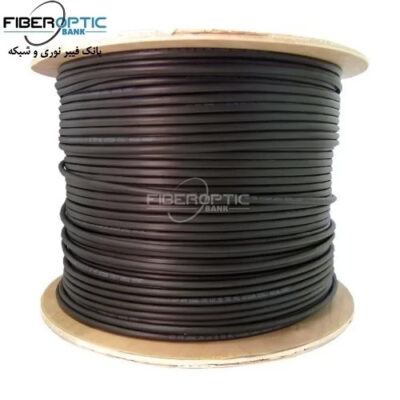


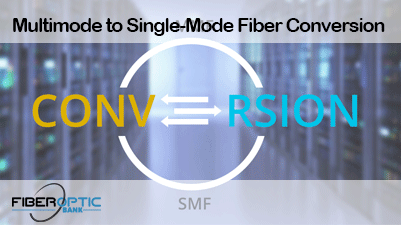
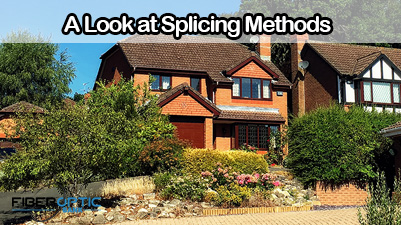
[ratings]